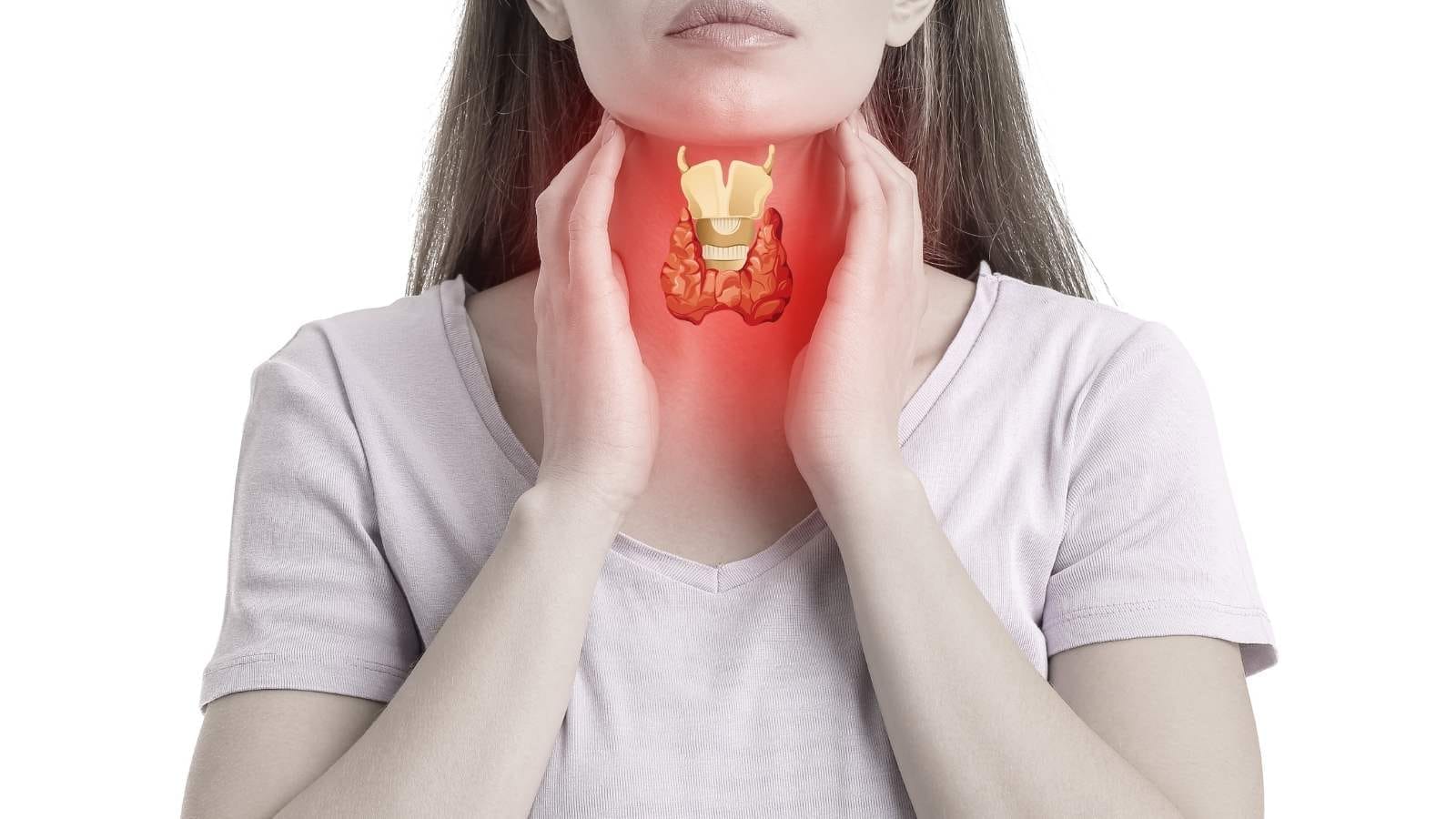Non-surgical treatment methods for lumbar hernia aim to relieve pain and restore mobility without invasive surgery. They target nerve compression and inflammation to improve quality of life.
Physical therapy and exercise programs are essential in conservative management. They strengthen spinal muscles, enhance posture, and reduce the risk of recurrent lumbar herniation.
Interventional procedures such as epidural injections and nerve blocks provide targeted pain relief. These minimally invasive methods are effective for patients not responding to medication or physiotherapy.
Advanced therapies like ozone nucleolysis and radiofrequency ablation shrink herniated disc tissue. These image-guided interventions relieve nerve pressure and represent modern alternatives to surgical discectomy.
What Is Ozone Therapy for Lumbar Hernia and How Does It Work?
Ozone therapy for lumbar hernia is a method developed to reduce pain and inflammation in herniated discs. This minimally invasive therapy involves the injection of an oxygen-ozone mixture into the affected disc. The main goal of the therapy is to create oxidation reactions within the disc structure, thereby reducing the disc volume and water content to alleviate pressure on the nerve roots. Ozone therapy also possesses analgesic and anti-inflammatory properties.
When the mechanism of action is examined in detail, ozone is seen to promote the oxidation of the nucleus pulposus. This oxidation process reduces the swelling of the discs and consequently the pressure on nerve roots. The oxygen-ozone mixture used during the procedure triggers the following biochemical processes:
- Reduction in the production of inflammatory mediators such as prostaglandins and cytokines,
- Improvement of local blood flow and oxygenation,
- Reduction of hypoxia-related pain,
- Direct effect on pain receptors.
The application process is usually performed under imaging guidance. Using CT or fluoroscopy, a special needle is directed to the disc and the ozone mixture is injected directly into the herniated disc. This procedure is typically performed on an outpatient basis, and patients can return home the same day. Patients are advised to rest after the procedure and to gradually return to normal activities.
Clinical studies support the efficacy and safety of ozone therapy. Research has shown significant pain reduction and functional improvement in the majority of treated patients. This treatment stands out with its low complication rate and offers a safe alternative to more invasive surgical options.
What Is Injection (Targeted Therapy) for Lumbar Hernia and How Does It Work?
Injection therapy for lumbar hernia is an effective method used for pain management and improvement of disc health. This treatment involves delivering medications directly to the problematic area. As a result, medications reach the affected region quickly and show their effects rapidly. This method is particularly promising for patients seeking an alternative to surgery. Medications are injected around the disc and sometimes into the spinal epidural space.
The types of injection therapies include:
- Epidural Steroid Injections (ESI): These injections are administered into the epidural space of the spine to reduce inflammation and swelling. Since the treatment is applied close to the pain source, it is an effective pain reliever.
- Nerve Blocks: An anesthetic and steroid combination is injected around the nerves to block pain signals from reaching the brain. This method also helps in diagnosing the source of pain.
- Regenerative Therapies: Stem cell therapy and similar techniques support the healing of damaged discs. Stem cells repair disc tissue and promote functional improvement, although their efficacy is not yet fully proven.
The general mechanism of injection therapies is as follows:
- Initially, anti-inflammatory and anesthetic medications are used for pain and inflammation. These medications reduce pressure on the nerves and provide immediate relief, making this phase especially preferred during acute pain episodes. Subsequently, medications administered to the affected area support long-term recovery. Regenerative treatment options in particular aim to regenerate disc tissue, thereby improving function.
- Injection therapy is usually seen as part of a comprehensive treatment plan, which may also include physical therapy, exercise, and lifestyle modifications. The success of the treatment depends on the patient’s condition and the method used. However, when applied correctly, these treatments can significantly reduce pain caused by lumbar hernia and speed up patients’ return to daily life.
What Is Radiofrequency Treatment for Lumbar Hernia and How Does It Work?
Radiofrequency treatment for lumbar hernia is a popular non-surgical option. This treatment aims to reduce pain caused by disc herniation and is applied in two main types: Radiofrequency Ablation (RFA) and Pulsed Radiofrequency (PRF). Both methods are minimally invasive and play a significant role in pain management.
Radiofrequency Ablation (RFA):
- This method applies radiofrequency energy directly to the nerve fibers transmitting pain from the herniated disc.
- During the procedure, a needle is placed in the correct spot using imaging techniques such as CT or fluoroscopy.
- Once positioned, the nerve tissue is heated, destroying the nerve endings and blocking pain signal transmission.
- RFA generally provides pain relief for several months to years and offers functional improvements.
Pulsed Radiofrequency (PRF):
- PRF applies pulsed, rather than continuous, radiofrequency energy.
- This technique modulates nerve function without causing significant tissue damage.
- The needle is placed next to the affected nerve, and short bursts of energy alter the electrical activity of the nerve.
- PRF is a safer option where nerve preservation is a priority and is effective in reducing pain.
Both methods provide significant pain relief and functional improvement when used in the treatment of lumbar hernia. There are also cases where RFA and PRF are combined for a more comprehensive recovery. Depending on the procedure, side effects are minimal and usually include bleeding, infection, or temporary numbness.

Girişimsel Radyoloji ve Nöroradyoloji Uzmanı Prof. Dr. Özgür Kılıçkesmez, 1997 yılında Cerrahpaşa Tıp Fakültesi’nden mezun oldu. Uzmanlık eğitimini İstanbul Eğitim ve Araştırma Hastanesi’nde tamamladı. Londra’da girişimsel radyoloji ve onkoloji alanında eğitim aldı. İstanbul Çam ve Sakura Şehir Hastanesi’nde girişimsel radyoloji bölümünü kurdu ve 2020 yılında profesör oldu. Çok sayıda uluslararası ödül ve sertifikaya sahip olan Kılıçkesmez’in 150’den fazla bilimsel yayını bulunmakta ve 1500’den fazla atıf almıştır. Halen Medicana Ataköy Hastanesi’nde görev yapmaktadır.









Vaka Örnekleri